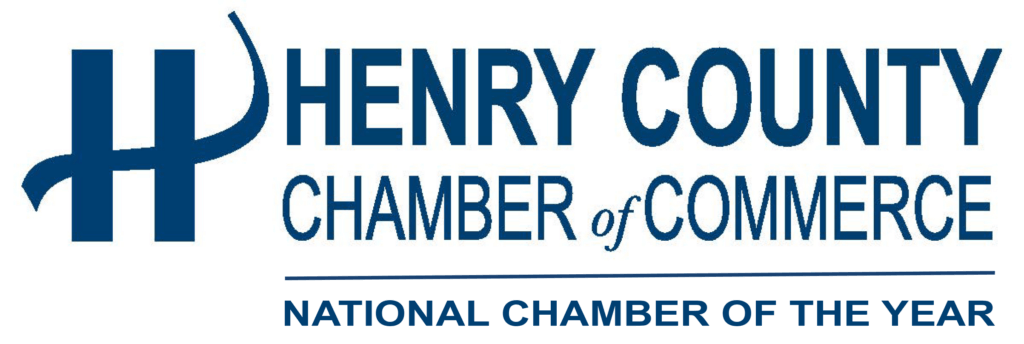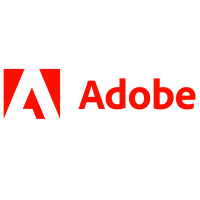Less Juggling, More Focus: Cutting the Clutter of Admin Work in Small Business Life
Running a small business shouldn’t feel like drowning in paperwork. Yet too often, administrative tasks—those endless loops of forms, filings, and follow-ups—pull focus from the work that actually matters. Efficiency isn’t about doing more in less time; it’s about doing the right things, in the right order, with fewer distractions and smoother tools. When those daily administrative burdens are trimmed down and better managed, what’s left is clarity, energy, and a business that feels more like a calling and less like a grind.
Audit First, Automate Second
Before jumping into tools and systems, there’s real value in knowing exactly what’s being done—and why. Too many business owners automate processes they’ve never properly audited, which just ends up turning inefficiency into faster inefficiency. A week spent tracking recurring admin duties, from invoice follow-ups to compliance logs, can uncover tasks that are either unnecessary or duplicative. Once that groundwork is done, the right tech tools can be applied with intention rather than impulse, eliminating busywork instead of adding to it.
Access Without Friction
Secure document management doesn’t have to mean jumping through hoops just to open a file. When every team member spends time hunting for access codes or waiting for someone to forward a password, efficiency takes a hit and frustration builds. Removing unnecessary password restrictions from PDFs can eliminate workflow bottlenecks and improve accessibility for authorized team members without compromising security. By learning how to quickly remove PDF password protection, business owners can keep essential files secure yet accessible—making sure protection doesn’t come at the cost of productivity.
Email Is Not a Filing Cabinet
Inbox overload remains one of the most draining admin hassles. Dozens of unread subject lines, CCs that don’t need reading, and tasks buried in message threads quietly eat away at decision-making bandwidth. Implementing a strict inbox triage system—respond, delegate, file, or delete—turns email from a lingering to-do list into a controlled point of contact. And shifting action items into proper task managers like Todoist or Asana can make email what it was meant to be: a communication channel, not a work hub.
Don’t Be the Only Gatekeeper
Delegation isn’t just about saving time—it’s about building resilience. When every form, password, and policy flows through one person, that person becomes the bottleneck. Small businesses often overlook how much smoother things run when more than one set of hands can access critical tools or approve basic processes. Creating shared drive folders with clearly labeled templates, standard operating procedures, and process checklists makes it easier to hand off work without needing to explain every step. Letting go of control isn’t a risk—it’s a relief.
Recurring Doesn’t Mean Manual
Some of the most time-consuming admin tasks repeat themselves like clockwork: paying bills, sending invoices, reconciling accounts, renewing licenses. Yet many owners still do them manually, either out of habit or hesitation to change. Automating recurring tasks, scheduling calendar reminders for compliance, and setting auto-generated invoice dates is a subtle but powerful shift. It transforms nagging obligations into invisible ones—still done, but not stealing attention. Systems don’t replace responsibility; they just keep it from becoming a burden.
Keep Meetings out of the Inbox
Not every decision needs to be a meeting, and not every conversation needs to be an email chain. Tools like Slack, Loom, or even shared Google Docs allow for faster, less formal exchanges that reduce the need for full-on scheduling. Using quick video walkthroughs to explain a process or a shared note to track feedback can cut back on time-consuming back-and-forth. Streamlining communication isn’t about being less collaborative—it’s about being more fluid. Meetings should be the exception, not the operating system.
Ritualize the Admin, Don’t Fight It
Instead of letting admin tasks sprawl into every corner of the day, the better move is to contain them. Setting aside specific admin hours during low-energy parts of the day—like late morning or mid-afternoon—creates space for them without letting them bleed into creative or strategic time. Paired with a weekly review session to clean up outstanding items and prep for the next week, this approach prevents scatter and anxiety. Admin work may never be glamorous, but when it’s routine instead of reactive, it’s much less stressful.
Simplifying administrative tasks doesn’t mean being careless or cutting corners. It means clearing the path so decisions come faster, tasks get done smoother, and focus stays on the work that grows the business. A few strategic changes in tools, systems, and habits can replace frustration with flow. And when admin tasks no longer run the show, what’s left is space—space to think, to build, to connect, and to actually enjoy the business that once only lived in imagination.
Discover how the Henry County Chamber of Commerce can empower your business journey with unparalleled resources, dynamic networking opportunities, and transformative programs designed to elevate your success and community impact!


